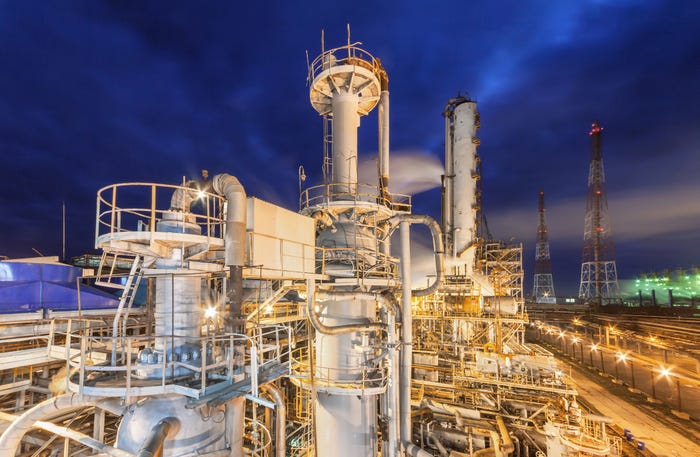
Connects decision-makers and solutions creators to what's next in quantum computing
Researchers Look to Quantum to Help Clean Atmosphere
Algorithm helps find molecules that could improve carbon capture processes

Researchers have used a quantum computing algorithm aimed at helping improve the carbon capture processes that remove excess carbon dioxide from the atmosphere.
One of the most promising carbon capture methods uses compounds called amines that bind with carbon dioxide. Scientists from the National Energy Technology Laboratory and the University of Kentucky developed a quantum computing algorithm to study amine reactions.
They are now looking at its potential to help simulate larger amine molecules that could capture carbon more effectively.
“We are not satisfied with the current amine molecules that we use for this (carbon capture) process,” study author Qing Shao said in the physics journal AVS Quantum Science.
“We can try to find a new molecule to do it, but if we want to test it using classical computing resources, it will be a very expensive calculation. Our hope is to have a fast algorithm that can screen thousands of new molecules and structures.”
Using computer simulation to study chemical reactions is challenging for classical computers as they must consider the chemical interactions between every pair of atoms involved. This gets exponentially more difficult as more atoms are involved, as is the case with larger amine molecules.
Quantum computers excel at these kinds of multifaceted equations, but current devices are not yet powerful enough for many practical applications. The group developed their algorithm specifically to work on current devices to successfully analyze larger molecules.
“We are trying to use the current quantum computing technology to solve a practical environmental problem,” said author Yuhua Duan.
About the Author
You May Also Like
.png?width=100&auto=webp&quality=80&disable=upscale)
.png?width=400&auto=webp&quality=80&disable=upscale)




